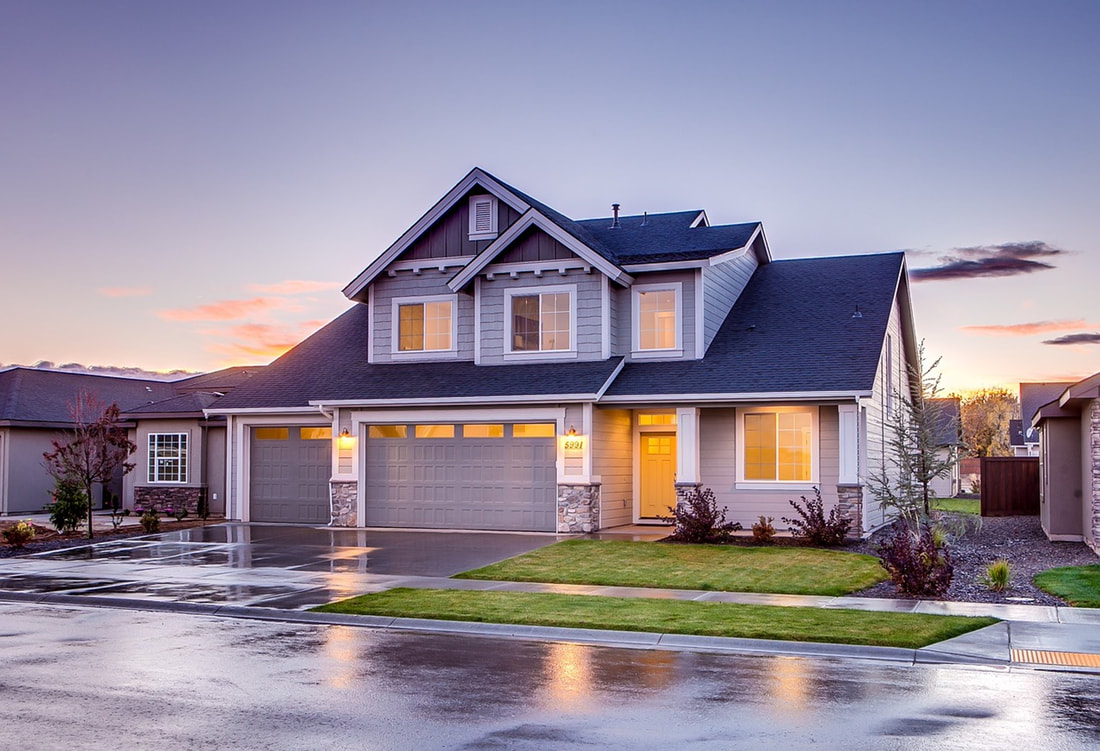|
The two most common property investment strategies that Australian investors use are to seek capital gains through buying blue-chip property and to look for higher yields outside the capital cities.
For the most part, there is no right or wrong answer. However, if you execute either strategy incorrectly, you could run into problems. How do these two strategies compare, and what do you need to know about them? Buying Blue-Chip Investing for capital gains invariably means buying properties in blue-chip locations. This simply means buying in premium inner-city areas that have typically seen a long period of capital growth in the past. Capital growth is achieved over the long term because demand will continue to outstrip supply as these are areas that are popular and feature high levels of amenity. The best examples would be areas such as capital cities, their surrounds and beachside suburbs across Australia. The problem with investing in blue-chip suburbs is that the rental yields are generally very poor. While these properties might grow over the long term, if you buy multiple properties, there will come a time when the bank or lender will stop giving you more money simply because the cost of servicing the debt is too high for your income to support. The other issue with this strategy is that you need to buy into the right suburb at the right time. If you buy into a good suburb late in the property cycle, there might not be any growth for a number of years, and if the property is negatively geared, you will have to make up the difference for a long time, which means paying out of pocket each month. Investing for Yield The opposite type of strategy is one where investors seek yield over anything else. Typically, this is when an investor buys into a regional town that could be generating 5% or more in rental yield. When this occurs, there is a good chance the rental income will cover the loan repayments and all the costs associated with owning the property. We call this, a positive cash flow property. The great thing about positive cash flow properties is that you will be able to continue to borrow to buy more properties because the rental income services the debt. While there are other considerations here, such as the overall debt-to-equity ratio of the investor, and also the fact that lenders don’t typically take into account 100% of the rental income, it is still usually easier to obtain finance than if the property was negatively geared. On the flip side, these high-yielding properties might not have the potential for capital growth that a property in a blue-chip suburb would. As a result, while the rental income might be nice even if there is no growth, the investor would still be forced to pay the deposit on another property out of their own pocket. Best of Both Worlds Many of the most successful property investors in Australia recognise the limitations of both strategies in their own right, and look for a combination of both capital growth and yield. There are many regional areas in Australia with large populations that have seen good capital growth over a long period of time. These areas also have solid rental yields that will allow investors’ portfolios to grow over time. It’s also possible to manufacture growth through strategies such as subdivision or renovations. Before starting on your property investing journey, it’s important that you think not just about the first property that you’re going to purchase but also how you can possibly buy more properties down the track. Often, being able to get finance to build a large property portfolio is the hardest part. You should always speak to your mortgage broker, not just about buying one property but how you can work together to buy multiple properties and build wealth over a long period of time by using the correct strategy to get you there. See your home loan options in less than 5 minutes |
EDITOrCategories
All
Archives
December 2023
|
|
Read about us on KochiesBusinessBuilders and Linkedin
Partner with Adobi Mortgage Solutions Contact Bruce Johnstone (03) 9996 8553 or email [email protected] |
©2021 ADOBI® MORTGAGE SOLUTIONS ABN 94465268443
Suite 405, 585 Little Collins Street, Melbourne, VIC 3000 Telephone: (03) 9996 8551 Credit Representative Number 536529 authorised under Australian Credit Licence 384324 Your complete financial situation will need to be assessed before acceptance of any proposal or product Please review our Lenders, Terms of Use and Privacy Policy Member 87449: AFCA - Australian Financial Complaints Authority Member M-351557: FBAA - Finance Brokers Association of Australia |




 RSS Feed
RSS Feed


